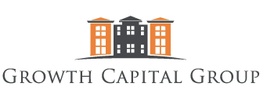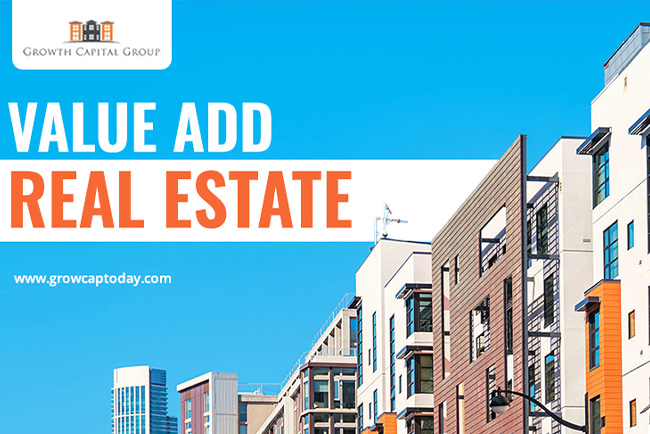Value add real estate (also known as “value-added”) is a property investing strategy that refers to any investment that provides an increase in asset value. In the most basic terms, it refers to improvements made to a property that increases its market value above historic levels and beyond what might have been expected from simple capitalization of rental income. Let’s see more about Value Add Real Estate Definition And Strategy.
What Is Value Add Real Estate Definition
Value add real estate is a type of real estate investment that focuses on buying underperforming assets with the goal of improving their performance. It is different from core real estate, which aims to generate stable cash flow and consistent returns, and from opportunistic real estate, which focuses on investing in assets with the highest potential returns.
Value-added real estate investing can take many forms, but it generally involves investors purchasing properties for less than their full value and increasing their earnings through improvements or other changes.
Value-add real estate is a strategy in which an investor purchases a property that has the potential for greater value through renovation and repositioning, or through improved management. Examples of value-adds include:
- Making cosmetic improvements, such as painting walls, replacing flooring or upgrading fixtures
- Making major improvements, such as renovating kitchens, adding new bathrooms or finishing a basement
- Converting a single-family home into multi-tenant units, or vice versa
- Adding an addition to the house (like an extra room or a garage)
- Developing the land around the property
- Upgrading amenities, like a pool or clubhouse
- Developing commercial space in a residential building
- Converting office space into retail space
The value-add approach is popular with investors because it provides the opportunity for higher returns than those typically associated with core properties. Value-added properties are often distressed or low quality, so the investor can purchase them for a lower price than similar properties that do not present any investment challenges. The risk associated with value-added investments is also higher than that associated with core investments, although well-managed value-add portfolios have some of the highest returns in commercial real estate.
Benefits Value Add Real Estate
The benefits of value-added real estate investment are numerous and can include:
- An increase in rental revenue from higher rents and/or improved occupancy
- Decreased expenses from lower vacancy, better management, improved operations, reduced turnover, and more effective maintenance practices
- Increased net operating income (NOI) that drives up property value
- Stronger cash flows due to higher NOI
- The improved resale value makes it easier to sell the property when the time comes
- Potential for increased returns on investments
- Ability to recognize results as improvements are made
- Potential for tax benefits through depreciation and capital cost allowances
- Improved cash flow during renovations and after completion
Risks In Value Add Real Estate
Value-add real estate investing is appealing to many investors, with the potential for higher returns over core opportunities. But the risk and rewards of value-add come with a tradeoff. Value-add properties are typically less cash flow stable, more management intensive, and more exposed to market fluctuations than core assets.
Here are some of the risks involved in value-add investing:
- Management Intensive – Value-added properties typically require more hands-on management than core investments. This may be from ongoing capital improvements or from leasing up vacancies or redeveloping vacant space.
- Highest Risk – The riskiest investments are typically those that need significant improvements, redevelopment or rebranding in addition to leasing up vacancies. These properties will likely not generate significant income until renovations are completed and there is sufficient occupancy to cover operating expenses.
How Can Real Estate Investors Add Value To Properties?
- Ingenuity and creativity are required for value-added investing. Investors must have the ability to recognize opportunities that others may overlook. Any decision that boosts revenue while cutting costs might be considered a value-add. The more of these opportunities an investor identifies, the more value he or she will be able to deliver to both investors and apartment tenants.
- Finding older, unrenovated apartment complexes with below-market rentals is the most typical method. The rentals have been raised to market value once the flats have been renovated.
When the local real estate market for that property is recovering or expanding, a value add investment is usually the greatest option. This might happen after a recession, as the market begins to recover. Property values and rent may still be modest at this time.
Read more: How To Add Value To A Real Estate Investment?
FAQ on value real estate definition
1. What are value-add properties?
Value-added properties refer to real estate assets that present an opportunity for investors or developers to enhance their value through strategic improvements or renovations. These properties typically require some level of repositioning, upgrades, or active management to maximize their potential and generate higher returns.
2. What is an example of a value-add investment?
Interior upgrades are the most frequent and measurable capital changes used to increase a property’s appeal and earning potential. For instance, renovations to the kitchen and bathroom give older, antique apartments new vitality.
3. What is the formula for value-added?
It is determined using the formula: Added Value = Selling Price of a Product – Cost of Purchased Materials and Components. It is used as a gauge of shareholder value.
Read more about Multifamily Value-Add Strategy: How to Boost Your ROI
Conclusion
The concept of value-added investment is intriguing and timeless. One technique for multifamily apartment complex investment is value-add real estate investments. It can be a profitable investment depending on your risk tolerance and investment timeline
Value-add performance will become increasingly dependent on investors’ market understanding, flexibility to adapt, and adherence to a disciplined strategy as rent growth stabilizes and interest rates rise in the future..
Interested in learning more about Value add real estate investing?
Give us a call or check out some of the other free resources we have available at Growth Capital Group.

